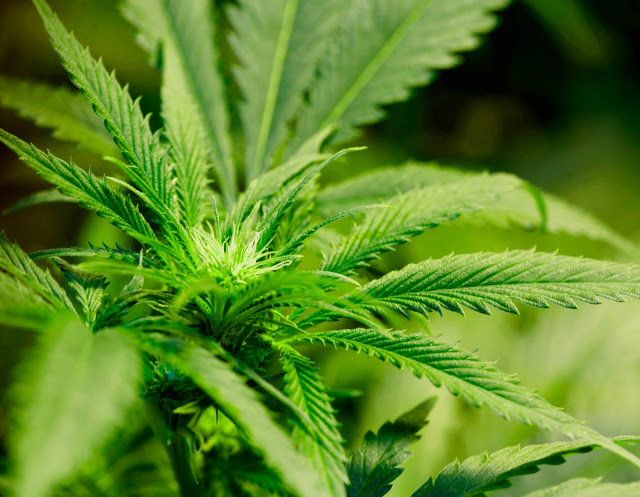
“The oil of the seeds, petroleum ether and methanol extracts of the whole plant of Cannabis sativa belonging to the family Cannabinaceae were screened for their antimicrobial activity against two Gram positive organisms (Bacillus subtilis, Staphylococcus aureus), two Gram negative organisms (Escherichia coli, Pseudomonas aeruginosa) and two fungi namely Aspergillus niger and Candida albicans using the cup plate agar diffusion method.
The oil of the seeds of Cannabis sativa exerted pronounced antibacterial activity (21 – 28 mm) against Bacillus subtilis and Staphylococcus aureus, moderate activity (15 mm) against Escherichia coli and high activity (16 mm) against Pseudomonas aeruginosa and inactive against the two fungi tested. The petroleum ether extract of the whole plant exhibited pronounced antibacterial activity (23 – 28 mm) against both Bacillus subtilis and Staphylococcus aureus organisms, high activity (16 mm) against Escherichia coli and inactive against Pseudomonas aeruginosa and both fungi. The methanol extract of the whole plant showed also pronounced antibacterial activity (29 mm) against Bacillus subtilis, low activity (12 mm) against Staphylococcus aureus and high activity (16 – 18 mm) against both Gram negative organisms, inactive against Aspergillus niger and low activity (13 mm) against Candida albicans.
The minimum inhibitory concentrations of Cannabis sativa methanol extracts of the seeds and the whole plant against the standard organisms were determined using the agar plate dilution method. The standard organisms were tested against reference antibacterial and antifungal drugs and the results were compared with the activity of the extracts.”
http://www.scirp.org/journal/PaperInformation.aspx?PaperID=18123







